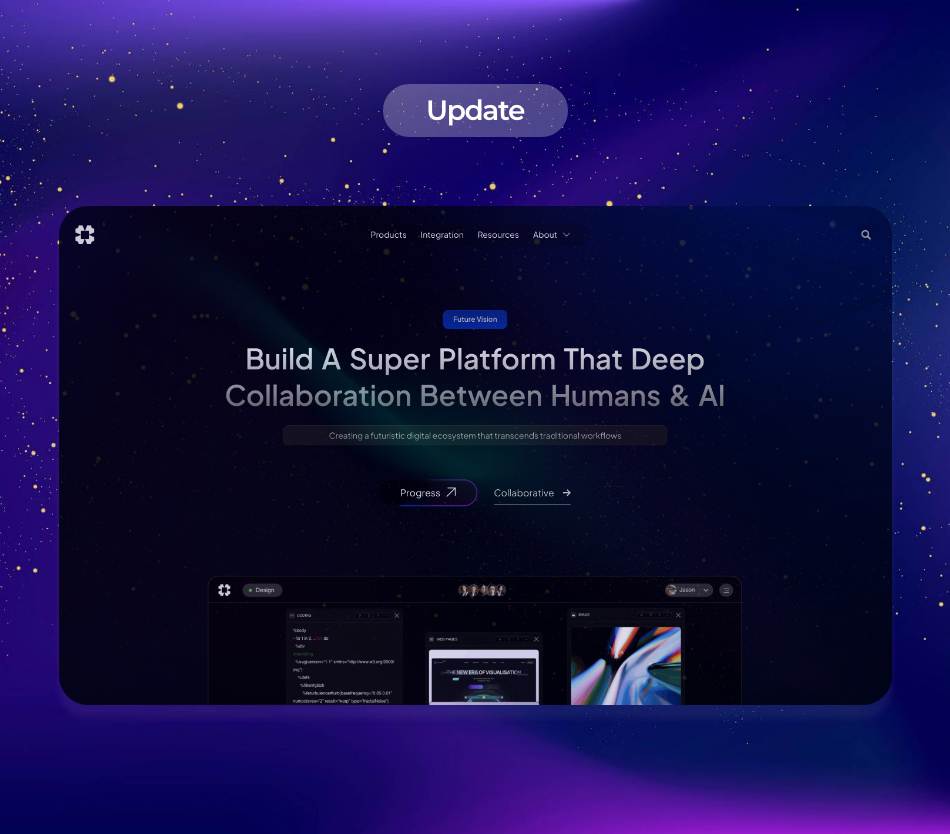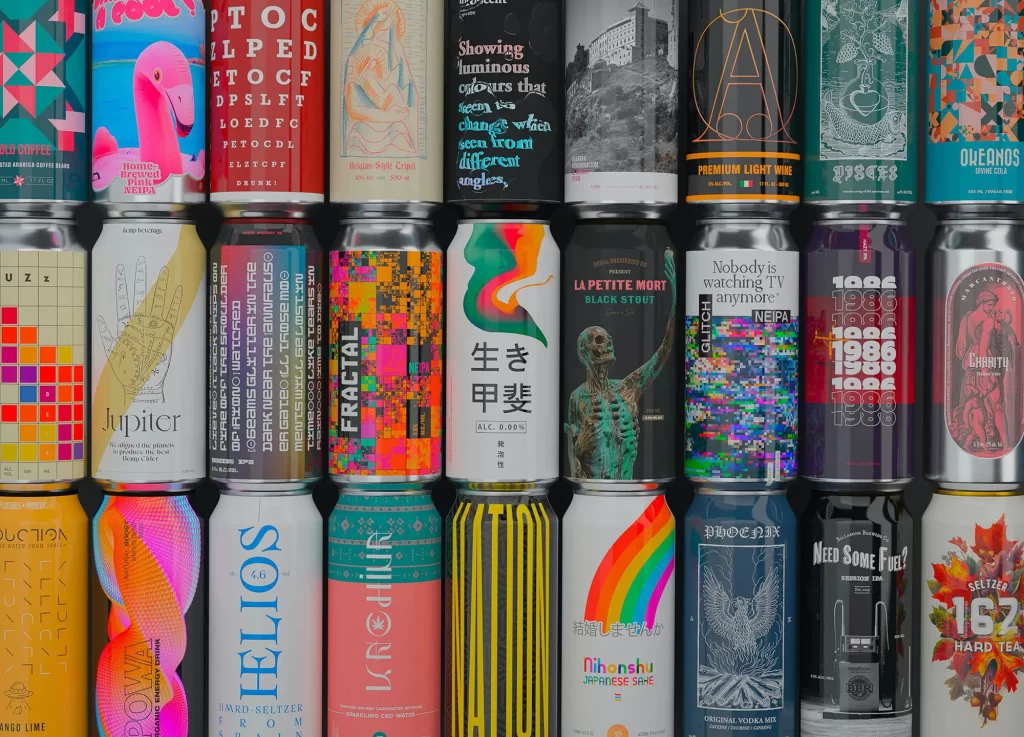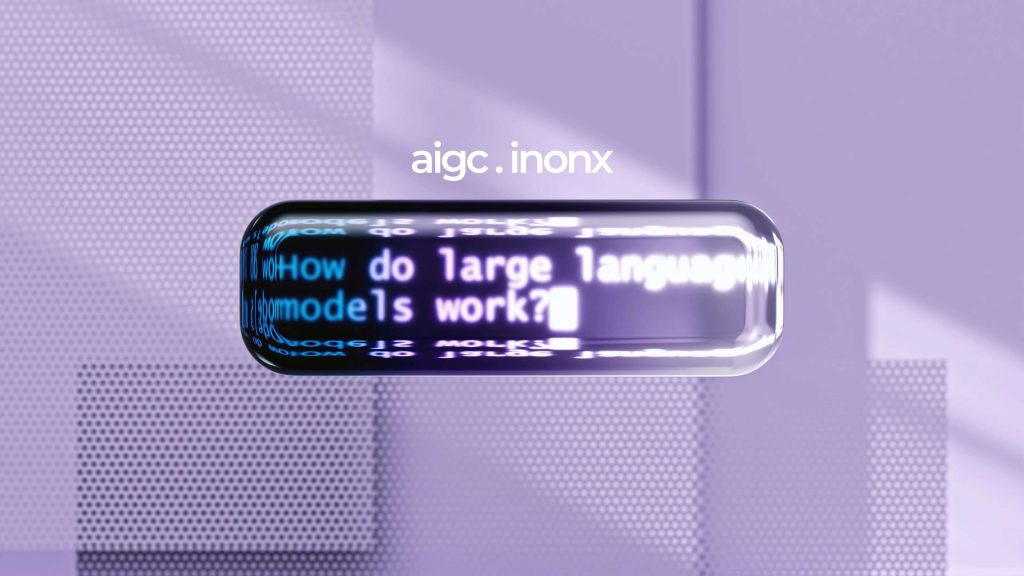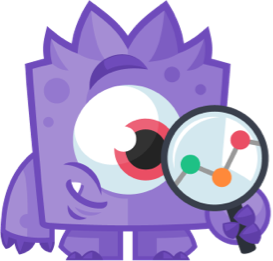The rapid advancement of Artificial Intelligence (AI) is reshaping the technological landscape across various industries. From enhancing image recognition capabilities to driving the development of autonomous vehicles, AI is becoming integral to future innovations. This article delves into the latest trends, solutions, and real-world applications of AI, focusing specifically on AI for Image Recognition, AI in Autonomous Vehicles, and the revolutionary OpenAI Codex.
AI for Image Recognition
AI for image recognition has made significant strides in recent years, driven by advancements in deep learning and computer vision technologies. Image recognition involves decoding and understanding images through algorithms and machine learning processes. This capability powers various applications, from social media to healthcare and security.
One of the most notable trends in this domain is the use of convolutional neural networks (CNNs), which have become the backbone of many image recognition algorithms. CNNs excel at identifying patterns in images, making them particularly adept at recognizing objects, scenes, and even complex human emotions. Companies like Google and Facebook are utilizing these advanced algorithms to enhance their image and facial recognition technologies, improving user experience and security measures.
Moreover, AI-driven image recognition is transforming how businesses operate. Retail companies are leveraging this technology for inventory management and customer engagement. For instance, Amazon uses AI-based systems to analyze images of products, allowing better cataloging and creating personalized shopping experiences. On the health front, AI systems are enabling radiologists to identify tumors and anomalies in medical images with exceptional accuracy, enhancing diagnostic processes.
Research shows that the global AI in image recognition market is projected to reach $82.33 billion by 2025, a clear indicator of its burgeoning potential. As deep learning techniques evolve, the accuracy and efficiency of image recognition systems will continue to improve, paving the way for innovative applications across various sectors.
AI in Autonomous Vehicles
Another avenue where AI is making monumental impacts is in the development of autonomous vehicles. As we usher in a new era of transportation, the interplay of AI technologies is key to achieving fully autonomous systems. Self-driving cars rely on an amalgamation of sensors, machine learning algorithms, and real-time data processing to navigate the environment safely.
The latest trends in AI for autonomous vehicles include the implementation of advanced sensor technologies such as LiDAR and computer vision systems. These systems work in tandem with AI algorithms to interpret the vehicle’s surroundings. Notable advancements made by companies like Waymo and Tesla exemplify how AI enhances the reliability and safety of autonomous technology.
Waymo, for instance, utilizes a fleet of self-driving cars equipped with powerful AI algorithms that integrate data from multiple sensors to achieve a holistic understanding of the vehicle’s environment. This holistic view enables the vehicle to make informed decisions on the road, including obstacle avoidance and navigation through complex urban systems.
Additionally, AI plays a pivotal role in optimizing routes for freight and public transportation, paving the way for more efficient transit systems. AI-powered route optimization minimizes delays and reduces operational costs, ultimately leading to better service for passengers and a reduced environmental footprint.
According to a report from Fortune Business Insights, the global autonomous vehicle market is anticipated to grow from $26.78 billion in 2023 to $557.29 billion by 2029. The integration of AI technology will be instrumental in realizing this vision, catalyzing advancements that enhance road safety and efficiency.
OpenAI Codex: The Code Revolution
The emergence of OpenAI Codex marks a significant shift in how developers approach programming and software creation. Codex is a state-of-the-art AI system that translates natural language into code, creating immense opportunities for both experienced and novice developers.
With Codex, developers can describe their intended software functions in natural language, and the AI generates the corresponding code. This capability simplifies the coding process, making it more accessible for individuals who may not have extensive programming experience. For example, students learning computer science can leverage Codex to prototype applications quickly, allowing them to focus on learning core concepts rather than struggling with syntax.
Companies are also harnessing OpenAI Codex to enhance productivity. Firms engaged in software development can automate repetitive coding tasks, significantly reducing the time and effort required to build applications. This efficiency not only accelerates product development cycles but also fosters innovation as developers can prioritize more complex and creative challenges.
A substantial benefit of OpenAI Codex is its continuous learning capability. The more the AI interacts with users and projects, the better it becomes at understanding context and generating relevant code. This adaptability makes it a powerful tool in a developer’s arsenal, bridging the gap between creativity and technical execution.
In the broader context, the introduction of tools like Codex is a game changer for the tech industry. A McKinsey report suggests that the global developer shortage could reach 85 million by 2030. AI-driven tools can help mitigate this gap by streamlining coding processes and expanding the pool of individuals capable of developing software.
The Future of AI
As AI technology continues to evolve, its influence will only expand. The advancements in image recognition systems are paving the way for smarter applications across diverse domains, enhancing user experiences and driving efficiency. In the realm of autonomous vehicles, AI holds the key to safer, smarter transportation. Finally, OpenAI Codex represents a transformative leap in software development, enabling a new generation of creators to harness technology seamlessly.
The intersection of AI with various industries is not merely an enhancement of existing products; it is a revolution that is defining the future. According to Gartner’s report on emerging technologies, AI will become ubiquitous across all industries, making AI a foundational element of future innovations.
Businesses that recognize and adapt to these trends will not only remain competitive but also lead the charge into the ever-evolving landscape of AI-driven solutions. The road ahead is filled with possibilities, as AI continues to unfold its potential and reshape our world in unimaginable ways.
In conclusion, the role of AI in image recognition, autonomous vehicles, and transformative development tools like OpenAI Codex is only set to grow in importance. As we embrace these advancements, it is imperative that we remain vigilant about the ethical implications and potential challenges they may present. Balancing innovation with responsibility will ensure that we harness the power of AI for the collective good of society.
### References
1. Vox (2023). “The Future of AI in Image Recognition.”
2. Fortune Business Insights (2023). “AI in Autonomous Vehicles Market Report.”
3. McKinsey & Company (2022). “The Great Developer Shortage: How AI Can Help.”
4. Gartner (2023). “Top Strategic Technology Trends for 2023.”
5. OpenAI (2023). “Introducing Codex: The Programming Revolution.”
This exploration of AI highlights its transformative potential, urging industries to adapt and innovate in an ever-competitive landscape. The future is undoubtedly bright for AI applications, paving the way for enhanced technologies and smarter solutions.


























